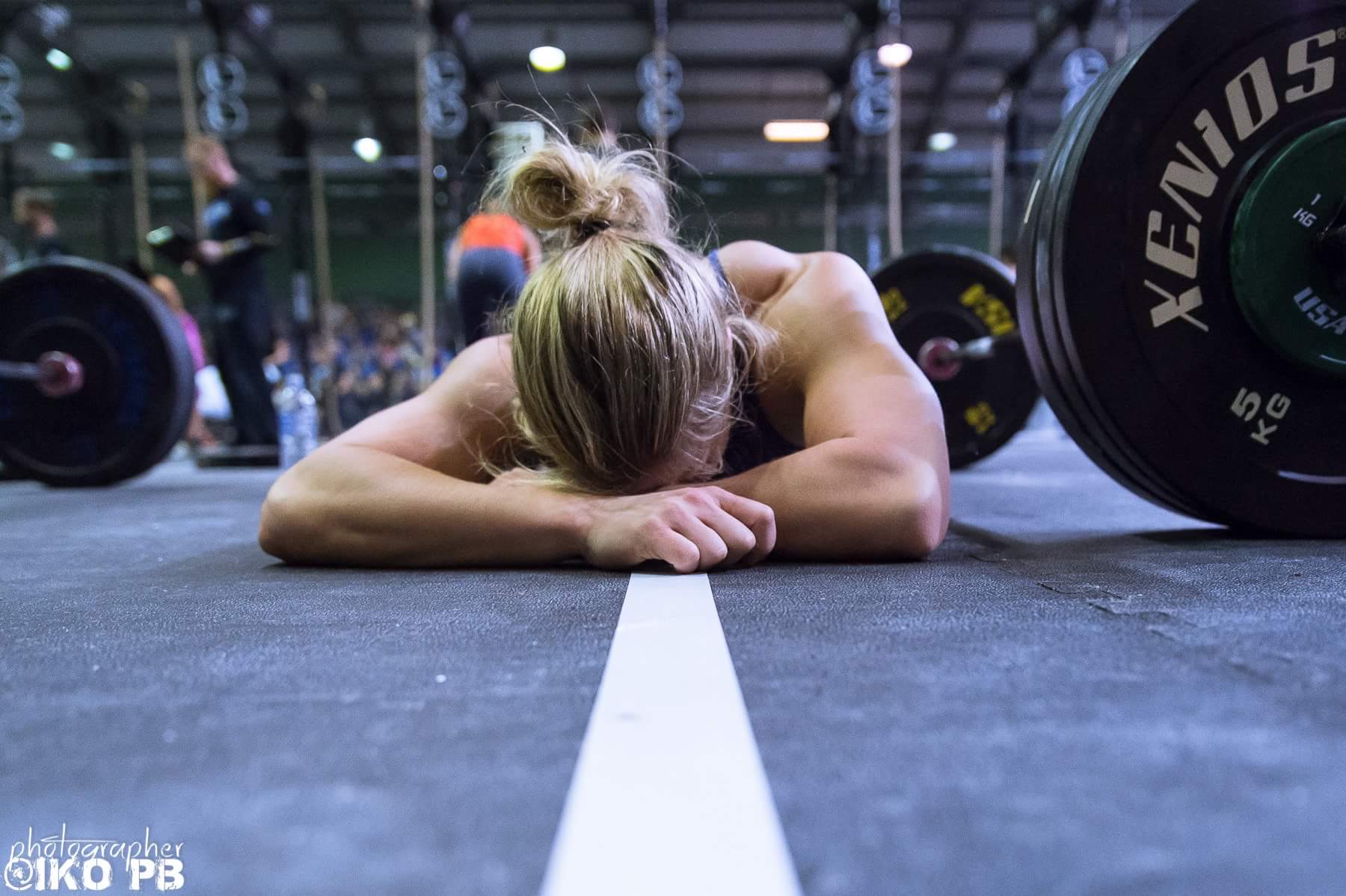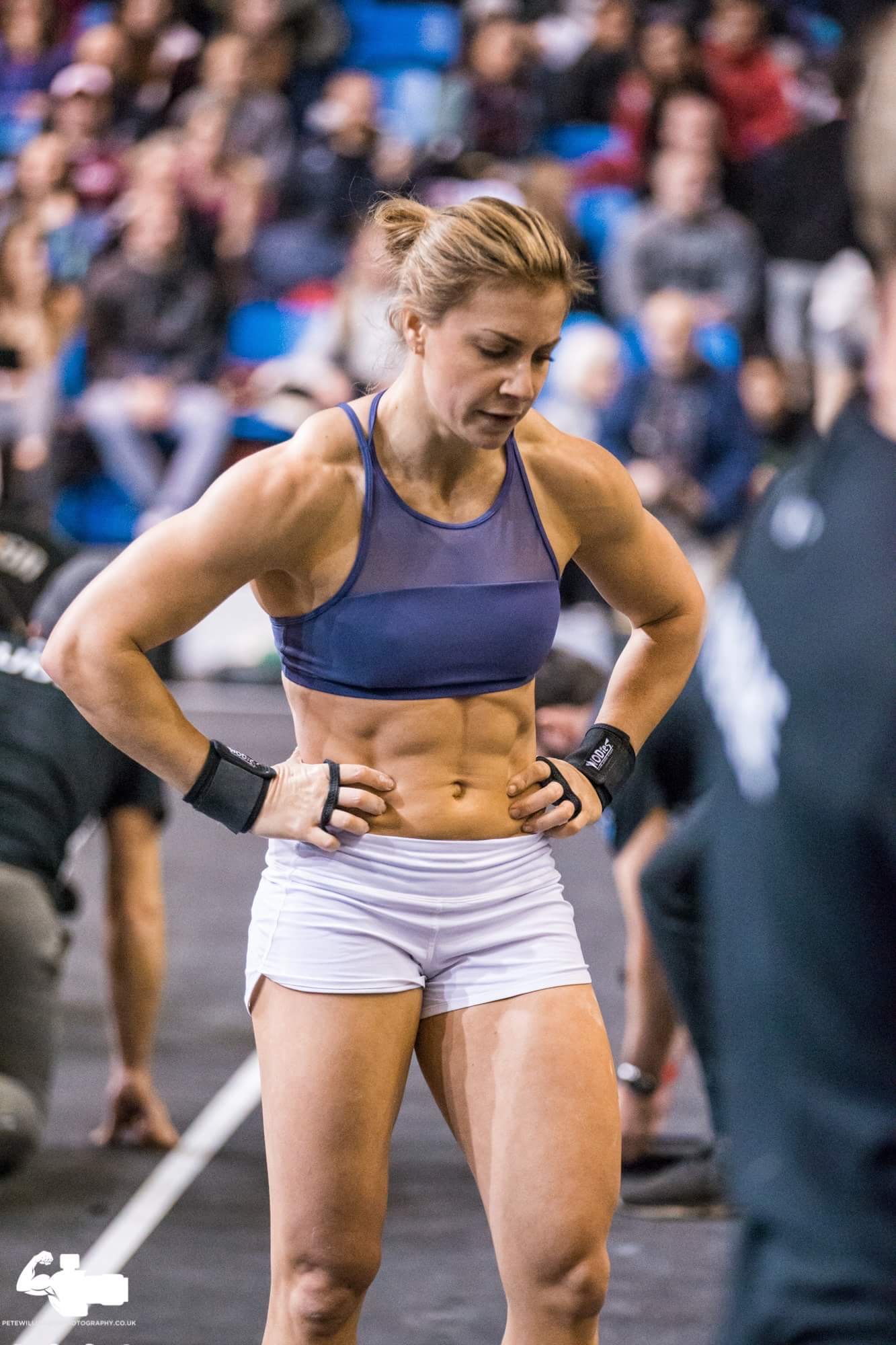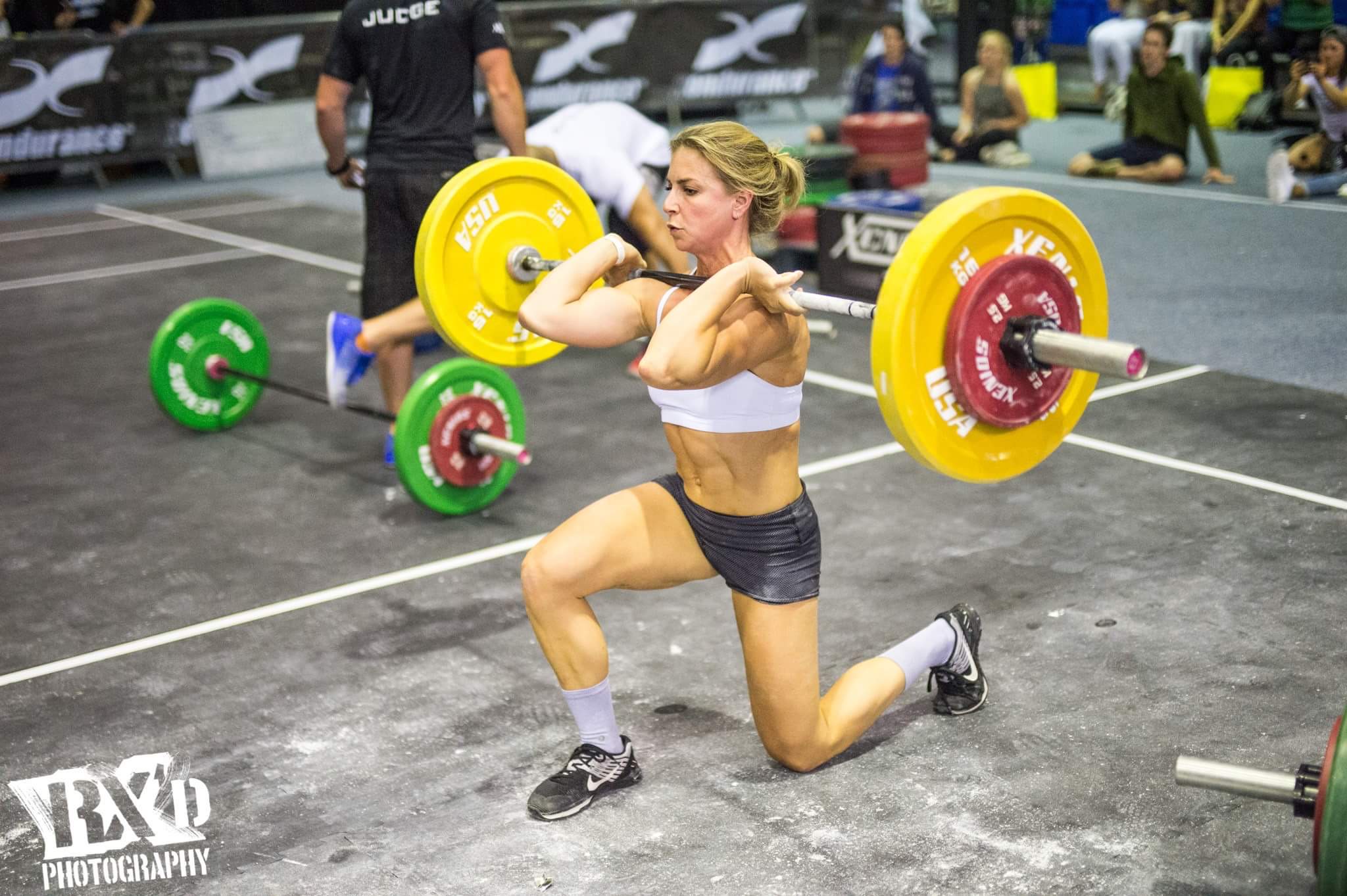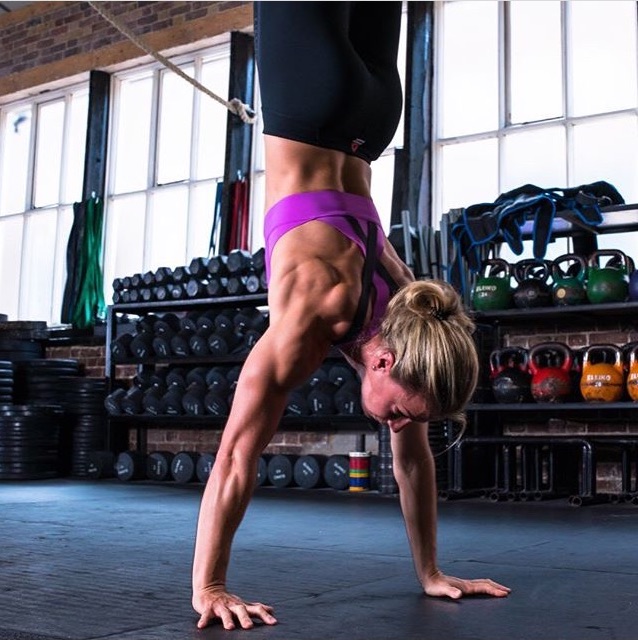6 Things You Must Know As A Female CrossFit Athlete
Jul 15, 2024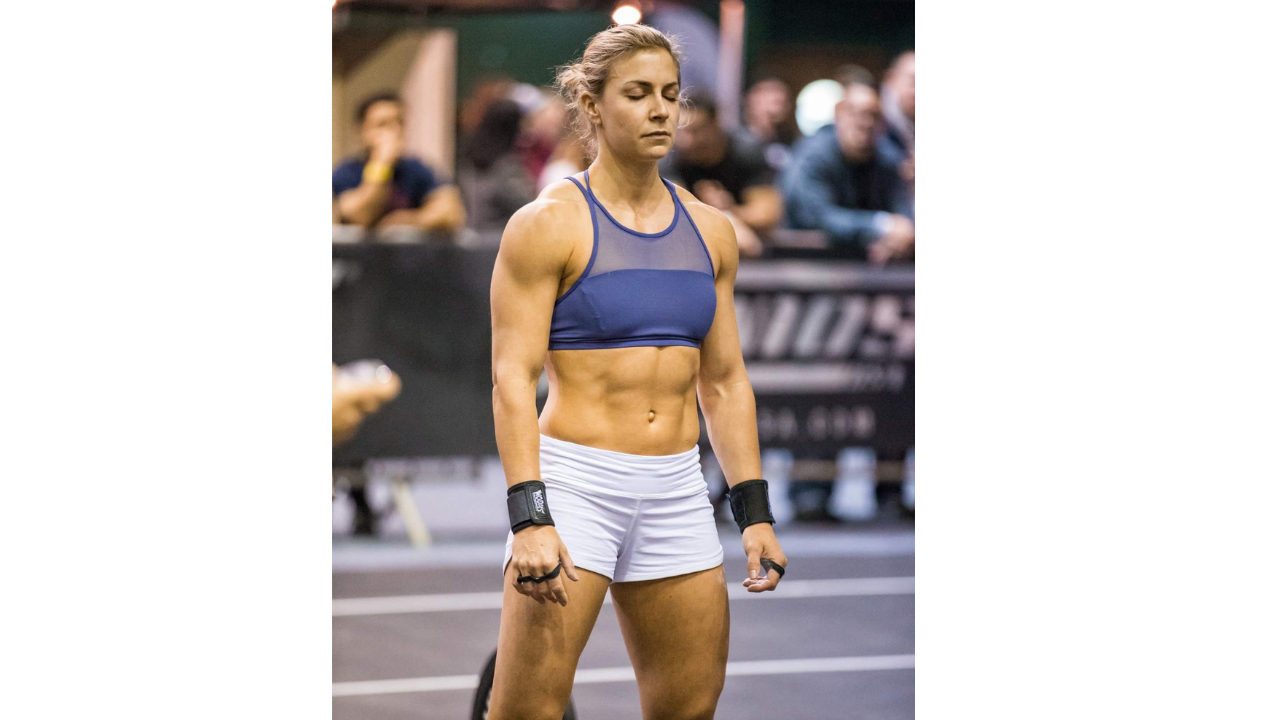
By Kat Suchet
Founder of Hatch Athletic
"CrossFit athletes, weightlifters and gymnasts are amongst some of the most vulnerable populations for pelvic floor dysfunction (PFD) but it’s such a socially challenging topic. We don’t talk about it enough."
- 1 in 4 females, of ANY athletic or sedentary background, have some form of pelvic floor dysfunction (World Health Organisation).
- Pelvic floor dysfunction is MORE common in the female athlete and ranges from 25% with sports such as golf, to 80% for high impact sports such as track running and gymnastics (Nygaard & Bo, 2020).
- Findings confirmed that CrossFit was also up there with pelvic floor dysfunction. 80% of women who do CrossFit reported some kind of stress urinary incontinence (SUI) (Elks et al, 2020).
- Women participating in organised sports are highly motivated to continue, despite physical injuries or ailments (Nygaard et al, 2005).
1. Leaking is common, but it isn’t normal
It’s quite common place these days in the gym to have a group of us running to the bathroom before a WOD. Perhaps the coach might even invite people to take a “nervous wee.” Perhaps you’ve found yourself choosing dark leggings or wearing a pad just in case? Although these behaviours have tended to become quite normalised in training environments these days, that doesn’t mean it’s normal.
Stress urinary incontinence (SUI) is any leaking during an activity such as cough, laugh, sneeze, jump or lift. It happens when your intra-abdominal pressure (IAP) increases due to this activity, and the pressure-coping capability of your urethra can't keep up. Its prevalence is up to 80% for those that do track running, skipping, or gymnastics (Elks et al, 2020). It can be a single drop in your undies, not just a full-blown leak. Incontinence is incontinence.
How can it happen? The exact mechanism for SUI is complex and likely different for each and every athlete – but there are definitely things to investigate and things to rule out.
- PELVIC FLOOR DYSFUNCTION: is there weakness, poor coordination, or overactivity? Overactive pelvic floor is extremely common in the athletic populations. The only way to really get to grips with what your pelvic floor function is like, is to go and see a womens health physiotherapist and get to know your own landscape.
- Are you DRINKING TOO MUCH? It could be as simple as you’re taking on too much water. Consider the amount you're drinking during the day. If it's more than 2.5-3 litres, it could be you're overdoing it.
- WHAT'S YOUR TECHNIQUE? If you're leaking on double-unders are you very stiff-footed, or landing very heavily, clenching your abs or your jaw?
- HOLDING YOUR BREATH? How are you breathing when you're skipping or lifting heavy? Are you holding your breath? Or becoming really rigid? This can increase your IAP and make SUI more likely.
What’s probably the most important thing to say here is there are things that can be done to help identify what’s happening for you, this doesn’t need to be tolerated. There are things you can even begin to try at home…. Change up your technique and try to modify some of the ideas above. Try to find out where your threshold is and train up to this point. Rest a set period and repeat the process 3-5 times. Then try tomorrow with a slight increase in time. In milder less complex cases of SUI the pelvic floor can often catch up with training like this.
Remember it’s possible to manage and modify your training around your symptoms but it doesn’t mean you have to stop cold-turkey. Book an appointment with your womens health physio and get started on that road back to training with confidence!
2. Bum Clenchers and Butt Winkers aren’t just funny names

If you’ve been training at a CrossFit space you might have heard these terms flying around. Do you grip with your bum constantly when you’re standing? When you rise from a squat or a deadlift do you thrust your hips excessively forwards to ‘finish’ the lift? Do you get low back pain when you deadlift? Or do you have a butt wink at the bottom of your squat, i.e. does you bum “give” and tuck underneath you when you get to depth?
If you can say yes to any of these, it could well be that your glutes are not firing properly. How do can you tell? Well, in a crude analysis, if your butt isn’t growing and you’ve been doing CrossFit for over a year it’s likely your glutes aren’t working as well as they should. It’s time to switch it up, change some of your movement patterns a little with your coach or physio and see if you can get a better lift with your glutes doing the work. With a posterior that’s firing you’ll find your whole core system becomes more balanced, and let’s be honest, we all want that bubble-butt now, don’t we?!
3. Women are not small men!
Identifying that women have menstrual cycles and need to train to reflect the way their bodies will use and replenish energy stores each month is the first step to optimising performance in our female athletic populations. The sooner we begin to understand and navigate through our cycles as athletes the better. Ever felt that at some times of your cycle you can crush a PB and a few weeks later you’re beating yourself up for missing 80% of the same lift? Don’t be so hard on yourself. CrossFit gyms are notoriously places where women train on a level playing field with men, but physiologically we’re different and we should own those differences.
Training continuously hard can sometimes lead to changes in the menstrual cycle. Many women who train hard on a very regular basis or have perhaps dabbled with the latest trends in paleo or keto dieting alongside their training, might also report irregular or absent periods (Bonen, 1994). This can range from having a period a few days out of whack each month, to full blown amenorrhea (absence of periods). NB: If you have amenorrhea this is a serious condition that must be assessed and addressed immediately. It can affect bone mineral density as well as impact long term hormonal levels.
Why are athletes more prone to this?
- It’s the body’s temporary adaptation to metabolic stress
- Training hard for body composition (very lean body mass)
The result can lead to a hypooestrogenic state. In plain English: reduced oestrogen levels.
If you’re an athlete with low oestrogen levels, it’s not just a missed period that can be a side-effect. The basic fact is decreased oestrogen means thinner, less ‘plump’ tissues. With reduced oestrogen, over time the urethra widens and the pelvic floor muscles themselves weaken, just like they would in a post-menopausal woman. What this means, then, is for any athlete that has worked out to an intensity that has altered their monthly cycle, contrary to popular opinion that you may possess a pelvic floor of steel, there may well be an additional need for focussed pelvic floor strengthening and attention to pelvic floor function.
4. Athlete pelvic floors can be overactive
An athlete pelvic floor may not be weak, it can be iron clad – but this isn’t necessary desirable either. The overactive pelvic floor is a very common occurrence in the female athletic populations (Louis-Charles et al, 2019). This happens when the pelvic floor muscles can become so tense they are incapable of relaxing. It result in constipation, painful sex, painful use of tampons, and excessive tightness in the hips, piriformis, and hamstrings, the list goes on.
But we also need to remember that our pelvic floor is connected to a greater system of core muscles and stabilisers, they don’t just operate by themselves in isolation. They need to have a good relationship with the diaphragm, the abdominals and the deep core (your obliques, TA and multifidus). Unfortunately we’ve been taught in fitness culture that strong and on means good. We’ve grown up to be taught that tensed, tight flat abs are desirable. A lot of us breathe high and into our necks and shoulders. We end up with a cascade of tight muscles that ultimately leads to poor pressure management. If your whole body is rock-hard, where is your intraabdominal pressure going to go when you jump, lift, cough or sneeze? To your poor pelvic floor, or perhaps out the middle through your abs if you have any separation. Ab squeezers, butt clenchers, breath holders, jaw grippers and those with a tight pelvic floor might find they get urge incontinence and be more susceptible to SUI.
Your abs, your diaphragm, and your pelvic floor and all of your big core muscle groups need to be in balance with the rest of the system in order to avoid pressure management problems (SUI).
5. We need to focus on finding a bit of balance

I guess this point flows naturally from point 4 – which is needing to find balance with your deep core muscle system and your whole body. But there’s more balance to be found in the CrossFit space. As wonderful as it is as a sport, it’s not always delivered with enough balance to challenge the body to its full capabilities. This can lead to imbalances, weaknesses and injury.
- A lot of CrossFit movements are saggital
The body is a three dimensional machine but a lot of CrossFit movements are forwards and backwards movements only. Break away from the saggital plane sometimes! Take it off to the side, practice Cossack squats, clock lunges, kettlebell windmills and landmine twists.
- A lot of CrossFit focusses on strength
And less on mobility. How many athletes do you see staying after class to mobilise? It happens, but not enough. Find some yin to your yang and invest in a roller, a spiky ball and a yoga mat for your living room. Make it easily accessible and ease out your pecs, thoracic your lats, your hips and your glutes as part of your evening routine.
6. You don’t need to put up with injury
It’s very common to have “CrossFit shoulder” (don’t I know it?!), wear knee-sleeves because of a “dodgy knee” or to just live with these long-term ailments in your neck/back/hip/ankle. But it doesn’t need to be the case! Go and see someone about it and do the work to get it on the road to recovery. I know it’s easier said than done and it takes an investment in both time and resources but think of it as investing in your future sporting enjoyment.
As you now know it’s also very common to have pelvic floor dysfunction as an athlete. Know the signs and symptoms: are you leaking (even just a little?), do you have any pelvic pain or feelings of pressure or bulging in your vagina, or have you noticed doming at your abdomen? Go and get it checked out!
A specialist womens health physiotherapist will assess you from a whole body perspective. They’ll assess your movement and your tone, as well as investigate any pelvic floor dysfunction you are experiencing. And what’s most important is they will work with you to treat this and improve it for you. You don’t need to put up with injury or push through your ailment. Go get it seen, get it managed or get it modified, and then in the longer term you can continue your amazing (and it is amazing) training.
Kat Suchet is the founder of Hatch Athletic, a physiotherapist with a specialist interest in women's health, a competitive CrossFit athlete, coach and mama who's seen it all. Do you know about what we do here at Hatch? We provide a Pregnancy Course, Postpartum Programming and Free Resources for athletic women who love to train.
Find out more about our programs by clicking here.
Like what you see? Have you seen our free resources section?
Free downloads to support you in your pregnancy and postpartum journey.

